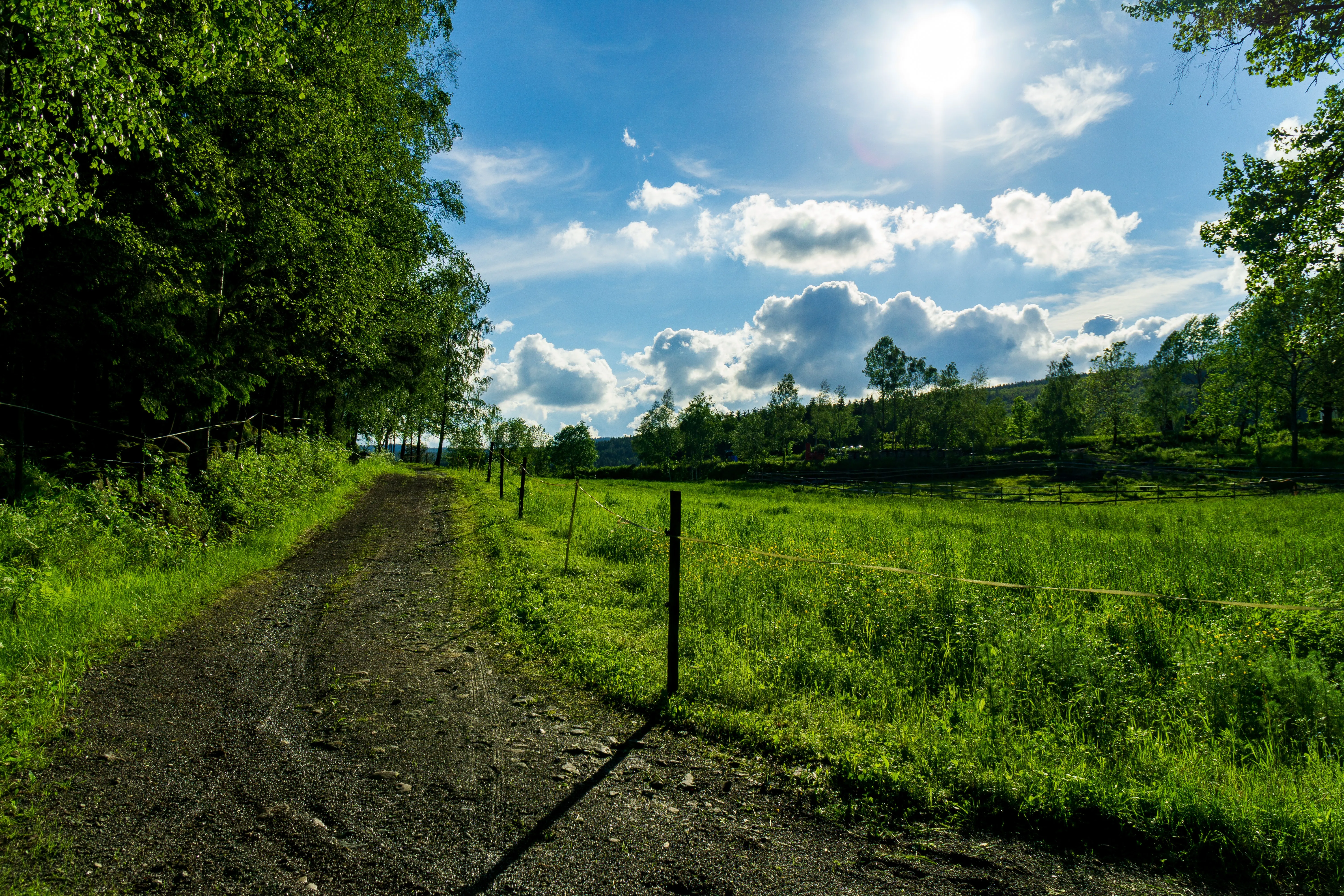Understanding the No-Till Farming Method
Delve into 'Understanding the No-Till Farming Method' with Vriksha Farms. This informative blog post explores the innovative no-till approach to agriculture, its environmental benefits, and contribution to soil health. Discover the equipment and tools essential for successful no-till farming, and learn about the transition process and overcoming challenges associated with this sustainable farming practice. Gain valuable insights into the economic aspects and pest management strategies in no-till farming, paving the way for a more sustainable and efficient agricultural future."

Introduction
In the ever-evolving world of agriculture, no-till farming stands out as a sustainable and efficient practice. Vriksha Farms, a leader in managed farmland development, champions this method as part of its commitment to responsible agroforestry and sustainable living. This approach aligns perfectly with their business model, which emphasizes sustainable practices for long-term returns on investment. This blog post aims to unravel the intricacies of no-till farming, exploring its principles, benefits, and practical applications.
What is No-Till Farming?
- The Basics
No-till farming is an agricultural practice where the soil is not disturbed through traditional plowing or tilling. Instead, crops are planted directly into the residue of previous crops, preserving the soil structure and biodiversity.
- Contrasting Traditional Tilling
Unlike conventional tilling, which can lead to soil erosion and nutrient loss, no-till farming maintains the integrity of the soil, leading to improved health and fertility over time.
Benefits of No-Till Farming
- Soil Health Enhancement
No-till farming improves soil structure, organic matter retention, and moisture conservation, leading to healthier, more productive soil.
- Environmental Protection
By reducing soil disturbance, no-till farming minimizes soil erosion and protects water quality. It also contributes to carbon sequestration, combating climate change.
- Economic Efficiency
No-till practices can reduce fuel and labor costs associated with traditional plowing. Over time, these savings translate into a better return on investment for farmers.
Implementing No-Till Farming at Vriksha Farms
- Adapting to No-Till Techniques
Transitioning to no-till farming requires a change in approach, particularly in seed placement and weed control. Vriksha Farms employs specialized equipment and techniques tailored to no-till farming.
- Addressing Initial Challenges
While the transition may present initial challenges, such as adapting to new planting techniques, Vriksha Farms' experience in managed farm projects ensures a smooth shift to this sustainable practice.
- Continuous Learning and Adaptation
Vriksha Farms stays abreast of the latest developments in no-till farming, constantly adapting and refining their methods to ensure optimal results.
The Broader Impact of No-Till Farming
- Contribution to Sustainable Agriculture
No-till farming is a key component of sustainable agriculture. It aligns with the goals of reducing environmental impact and promoting long-term soil health.
- Meeting Diverse Customer Needs
By adopting no-till methods, Vriksha Farms addresses various customer needs, from food security concerns to the desire for environmentally responsible farming practices.
Conclusion
No-till farming represents a significant advancement in sustainable agriculture, offering numerous environmental and economic benefits. At Vriksha Farms, this method is more than just a farming technique; it's a testament to their commitment to sustainable living and responsible land management. As the agricultural sector continues to evolve, no-till farming is poised to play a pivotal role in shaping a more sustainable future for farming.
